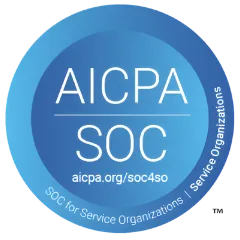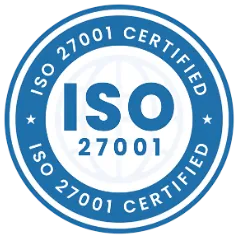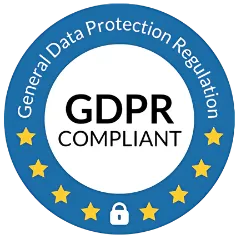Enterprise Resource Planning (ERP) systems have become the backbone of modern businesses, providing an integrated platform to manage various business processes across different departments. From finance and HR to supply chain management, ERP systems offer a unified solution that helps organizations streamline operations, improve efficiency, and reduce costs. However, one area where ERP systems can be further enhanced is asset management. By integrating an asset management system with your existing ERP, businesses can unlock significant advantages, from better asset tracking and maintenance to improved financial reporting. In this blog, we’ll explore the importance of ERP integration with asset management systems, its advantages, and answer some common questions related to ERP and asset management.
What is an ERP System?
An ERP (Enterprise Resource Planning) system is a software solution that integrates various business processes into a single, cohesive system. It allows organizations to collect, store, manage, and interpret data from different business activities such as finance, manufacturing, supply chain, human resources, and more. The goal of an ERP system is to improve the flow of information across the organization, enhance decision-making, and increase operational efficiency.
Key features of an ERP system include:
- Centralized Data Management: All business data is stored in a single database, ensuring consistency and accuracy across different departments.
- Process Automation: ERP systems automate repetitive tasks, reducing manual work and the potential for human error.
- Real-Time Information: ERP systems provide real-time access to data, enabling quicker and more informed decision-making.
- Integration Across Functions: ERP systems integrate various business functions, such as finance, HR, procurement, and supply chain, into one cohesive system.
Advantage of Asset Management System Integration with Existing ERP
Integrating an asset management system with your existing ERP can bring about a range of benefits that help streamline operations, enhance asset utilization, and improve overall business performance. Here’s how:
1. Improved Asset Visibility and Tracking: Integration with an ERP system allows for real-time tracking of assets across the organization. This visibility helps ensure that assets are being used efficiently and that their status is always up to date. For example, integrating an asset management system like Asset Infinity with SAP ERP can provide detailed insights into asset locations, conditions, and usage patterns, helping businesses make more informed decisions.
- SAP Movement Types Integration: Asset Infinity can synchronize various SAP movement types such as Goods Receipt (101, 103), Quality Management (321, 322), Stock Transfers (311, 351, 415), and Write-Offs (551), allowing seamless tracking and management of inventory and assets within the SAP system. This ensures that every transaction is accurately reflected in both the asset management system and the ERP, minimizing discrepancies and enhancing data consistency.
2. Streamlined Maintenance and Operations: By integrating asset management with ERP, businesses can automate maintenance schedules and work orders, ensuring that assets are maintained regularly and reducing downtime. This integration allows for better coordination between maintenance teams and other departments, leading to more efficient operations.
- Automated Workflows: The integration allows for the automation of workflows such as work order generation, approval processes, and maintenance scheduling. This reduces the administrative burden on teams, ensuring that maintenance tasks are carried out promptly and without manual intervention.
3. Enhanced Financial Management: Integration of asset management with ERP provides a seamless flow of financial data related to assets. This includes information on asset depreciation, valuation, and capital expenditure, which can be directly linked to the organization’s financial statements. As a result, businesses can achieve more accurate financial reporting and better compliance with accounting standards.
- Data Syncing with SAP: Asset Infinity can call SAP OData at regular intervals to fetch new transactions, ensuring that all asset-related data is up to date. This integration supports various document types like Material Issue (261, 221), Inventory Upload (561), and others, providing a comprehensive view of asset-related financial transactions.
- Depreciation Tracking: The integration enables accurate tracking of asset depreciation within the ERP system, ensuring that financial records reflect the true value of assets over time. This is crucial for compliance with accounting standards and for providing accurate financial statements.
4. Improved Decision-Making: With integrated data from both ERP and asset management systems, businesses can generate comprehensive reports that provide a holistic view of asset performance and costs. This enables better decision-making related to asset procurement, utilization, and disposal, leading to cost savings and improved asset ROI (Return on Investment).
- Comprehensive Reporting and Analytics: The integration provides advanced reporting and analytics capabilities, offering insights into asset lifecycle costs, maintenance history, and overall performance. This data-driven approach supports strategic decision-making and helps in identifying opportunities for cost savings.
5. Reduction in Redundant Data Entry: Integration eliminates the need for duplicate data entry across different systems, reducing errors and saving time. This also ensures data consistency and accuracy, which is critical for effective asset management and reporting.
- Single Source of Truth: By integrating asset management with ERP, organizations can maintain a single source of truth for asset data. This ensures that all departments are working with the same information, reducing the risk of errors and improving overall data integrity.
6. Scalability and Flexibility: As businesses grow, the integration of asset management with ERP systems allows for easy scaling of operations. Whether you’re adding new assets or expanding to new locations, the integrated system can accommodate these changes without disrupting business processes.
- Flexible Configuration: The integration allows for customizable configurations that can adapt to the unique needs of the business. This ensures that as the organization grows, the system can be adjusted to manage new types of assets, processes, and workflows.
7 .Seamless Integration with Other Systems: One of the significant advantages of moving away from Excel is the ability to integrate your asset tracking system with other software already in use within your organization. Asset tracking software can easily integrate with ERP, CRM, accounting software, and other enterprise systems, enabling seamless data sharing and reducing the need for redundant data entry. This integration helps maintain data consistency across different platforms, ensures that everyone in the organization is working with the most up-to-date information, and allows for better decision-making based on comprehensive data from multiple sources.
- Cross-Functional Collaboration: Integration with ERP facilitates better collaboration across different departments, such as finance, procurement, and operations. For instance, when an asset is procured, the data is automatically updated in both the asset management system and the ERP, ensuring that all relevant teams have the necessary information in real-time.
8. Compliance and Audit Readiness: Integrating asset management with ERP enhances the organization’s ability to comply with regulatory requirements and be prepared for audits. The integration ensures that all asset-related activities are documented and traceable, making it easier to demonstrate compliance during audits.
- Audit Trails: The integrated system provides detailed audit trails for all asset-related transactions, including purchases, disposals, transfers, and maintenance activities. This level of documentation is essential for passing audits and ensuring that the organization adheres to industry regulations.
Also Read: Financial Accuracy and Tax Optimization for Manufacturing
Conclusion
Integrating an asset management system with your existing ERP is a strategic move that can significantly enhance your organization’s ability to manage and optimize its assets. The benefits of such integration extend beyond just improved asset tracking and maintenance; they also include better financial management, streamlined operations, and more informed decision-making. As businesses continue to seek ways to improve efficiency and reduce costs, integrating asset management with ERP systems will play an increasingly important role in achieving these goals.
Frequently Asked Questions (FAQs)
What is an asset in ERP?
An asset in an ERP system refers to any resource owned by the organization that has economic value and can be used to generate income. This includes physical assets like machinery, vehicles, and buildings, as well as intangible assets like patents, software licenses, and intellectual property.
What is Integration in ERP?
Integration in ERP refers to the seamless connection of different business processes and systems within the ERP platform. This allows for the smooth flow of information across departments, ensuring that data is consistent and accessible in real-time. Integration can include connecting the ERP system with other software, such as asset management systems, to enhance functionality and streamline operations.
Is ERP a fixed asset?
No, ERP itself is not a fixed asset. However, ERP systems can manage fixed assets within an organization. This includes tracking the lifecycle of fixed assets, managing depreciation, and ensuring compliance with financial reporting standards. For example, integrating Asset Infinity with SAP ERP allows for detailed tracking and management of fixed assets, enhancing overall asset management capabilities.
How does integrating asset management with ERP improve financial reporting?
Integrating asset management with ERP ensures that all financial data related to assets, such as acquisition costs, depreciation, and disposal values, are accurately recorded and synchronized in real-time. This leads to more accurate financial reporting, better compliance with accounting standards, and improved visibility into the financial impact of assets on the organization.
Can asset management integration with ERP systems help with regulatory compliance?
Yes, integrating asset management with ERP systems enhances an organization’s ability to comply with regulatory requirements. The integration ensures that all asset-related activities are properly documented and traceable, making it easier to demonstrate compliance during audits. Additionally, it helps in maintaining accurate records for tax reporting, environmental regulations, and industry-specific standards.
What types of assets can be managed through ERP-integrated asset management systems?
ERP-integrated asset management systems can manage a wide range of assets, including:
- Fixed Assets: Machinery, vehicles, buildings, and equipment.
- IT Assets: Computers, servers, software licenses, and network devices.
- Intangible Assets: Patents, trademarks, and intellectual property.
- Inventory and Stock: Raw materials, work-in-progress items, and finished goods.
- Infrastructure Assets: Utilities, roads, and facilities.
How does ERP integration improve the lifecycle management of assets?
ERP integration improves lifecycle management by providing a comprehensive view of each asset's status throughout its lifecycle. From acquisition and deployment to maintenance and disposal, the integrated system ensures that all stages of the asset lifecycle are managed efficiently. This leads to better planning for asset replacement, optimized maintenance schedules, and timely disposal of underperforming or obsolete assets.
What are the challenges of integrating asset management with an ERP system?
Some common challenges include:
- Data Migration: Moving data from legacy systems or spreadsheets to the integrated ERP and asset management system can be complex and time-consuming.
- System Compatibility: Ensuring that the existing ERP system is compatible with the chosen asset management software.
- Change Management: Training employees to use the new integrated system and managing resistance to change.
- Customization Requirements: The need for customization to meet specific business needs, which can increase implementation time and costs.
How often should data be synchronized between the asset management system and the ERP?
The frequency of data synchronization depends on the specific needs of the organization. For real-time decision-making, continuous or near-real-time synchronization is ideal. However, some organizations may choose to sync data at regular intervals, such as hourly, daily, or weekly, depending on their operational requirements and the volume of transactions.
Can small businesses benefit from ERP-integrated asset management systems?
Yes, small businesses can significantly benefit from integrating asset management with ERP systems. While the initial investment might be higher, the long-term benefits such as improved asset utilization, reduced manual work, better financial control, and scalability far outweigh the costs. The integration helps small businesses streamline their operations, making them more competitive and efficient.

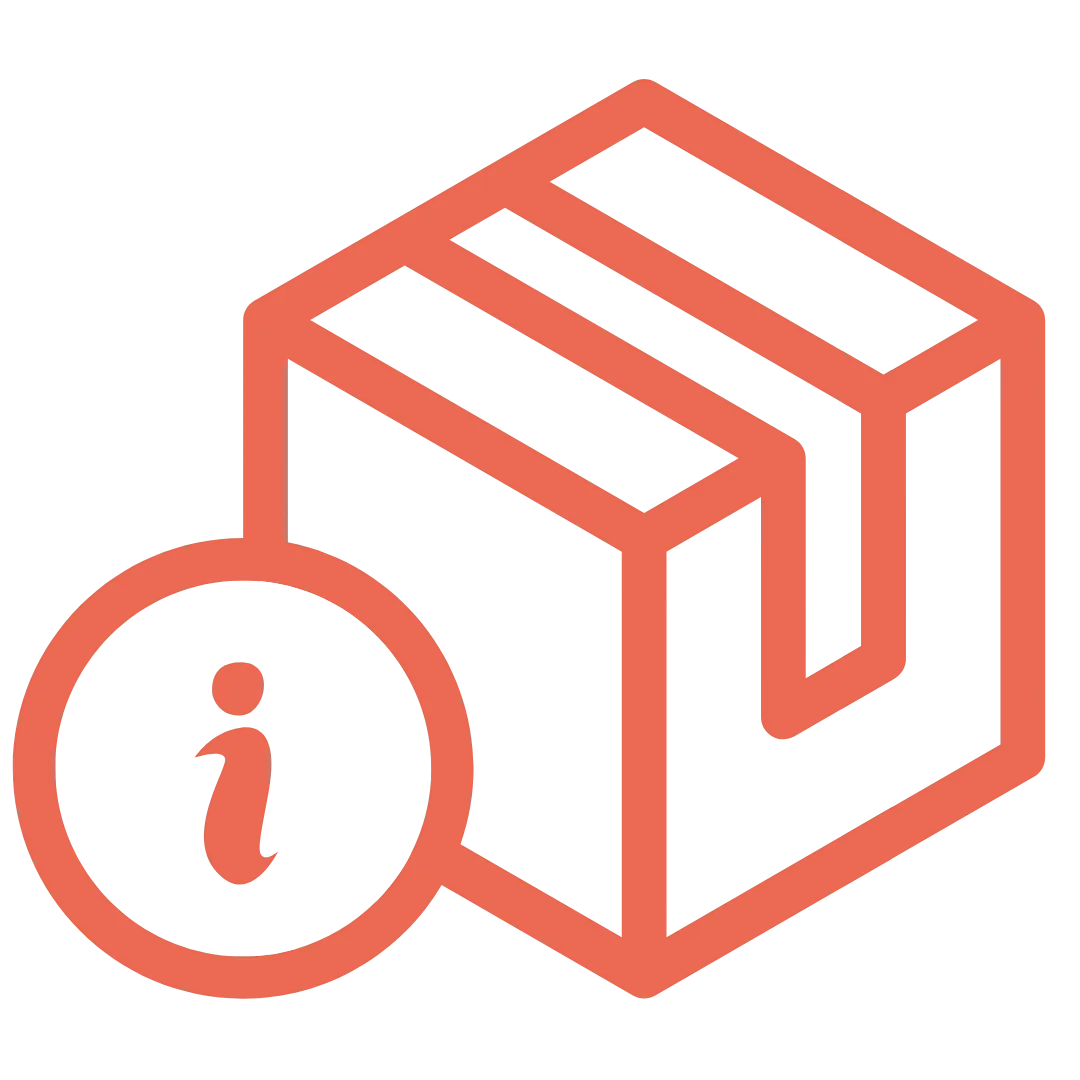
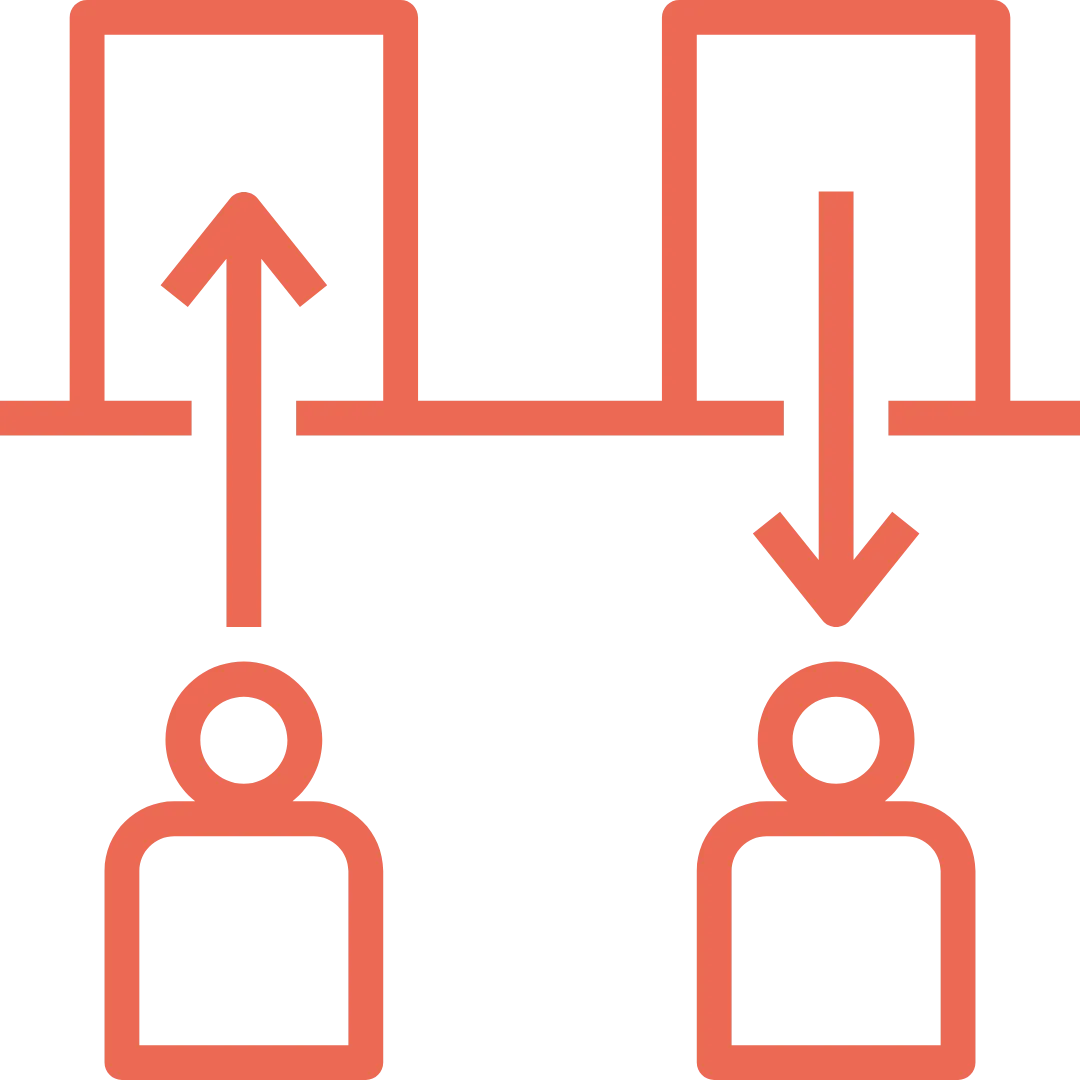
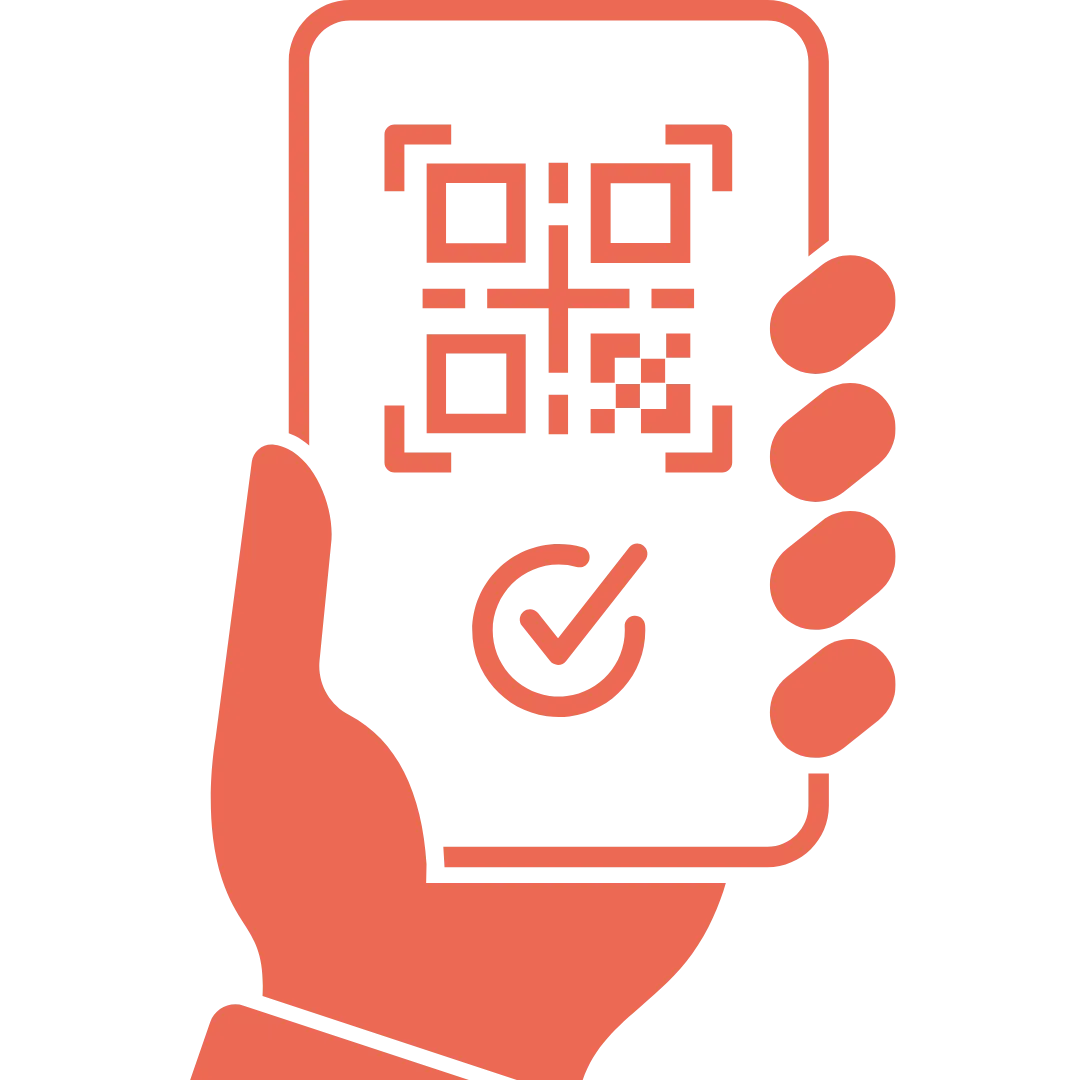





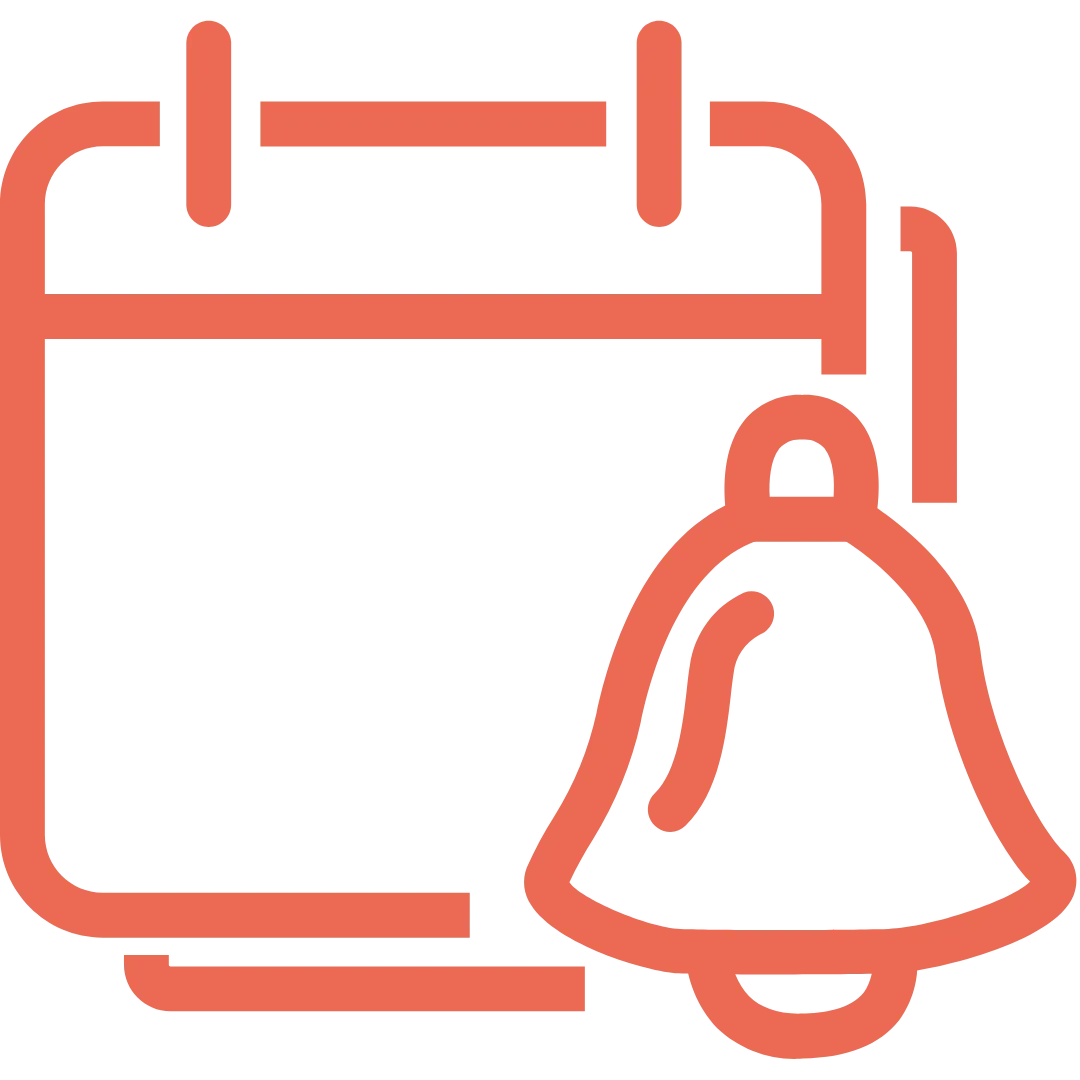

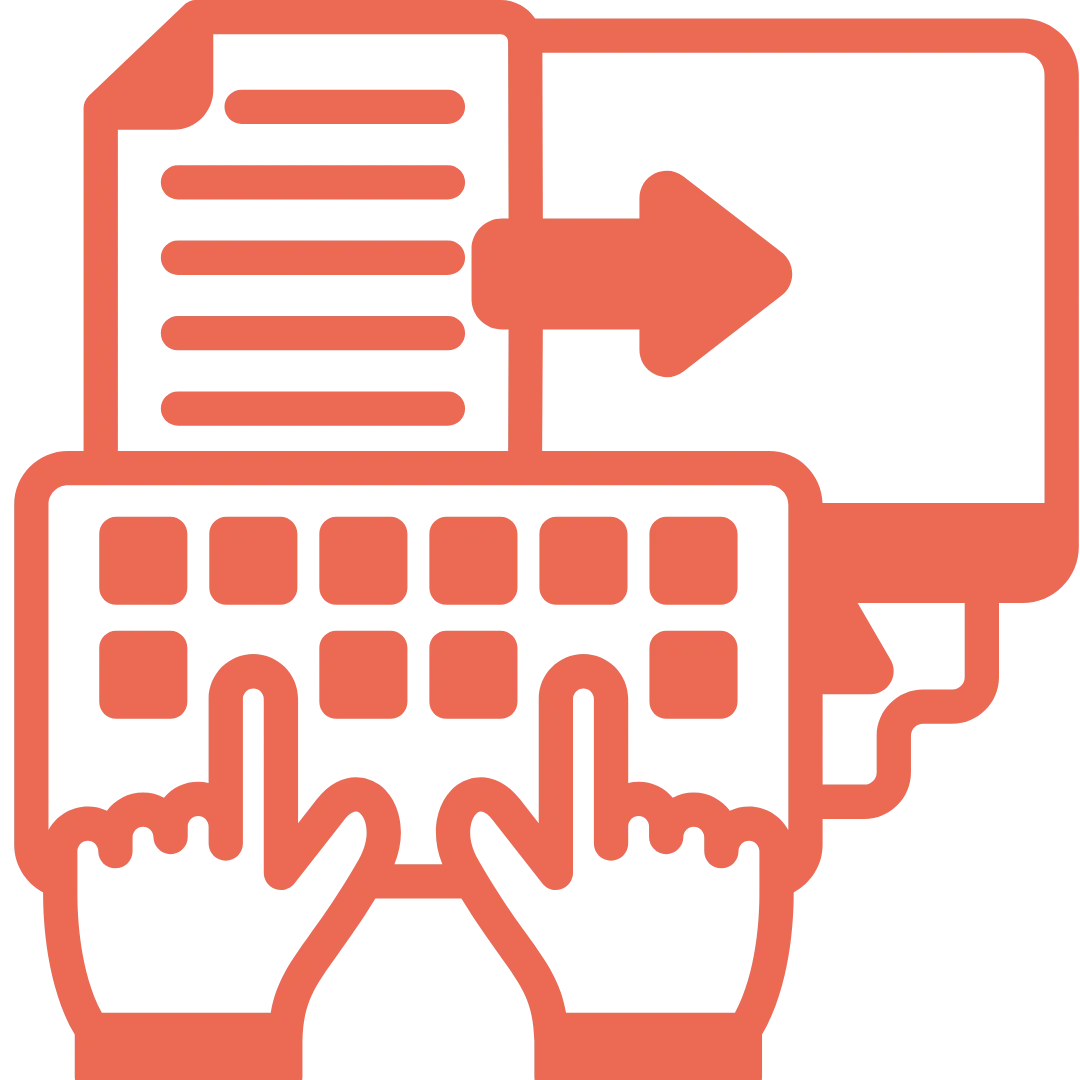
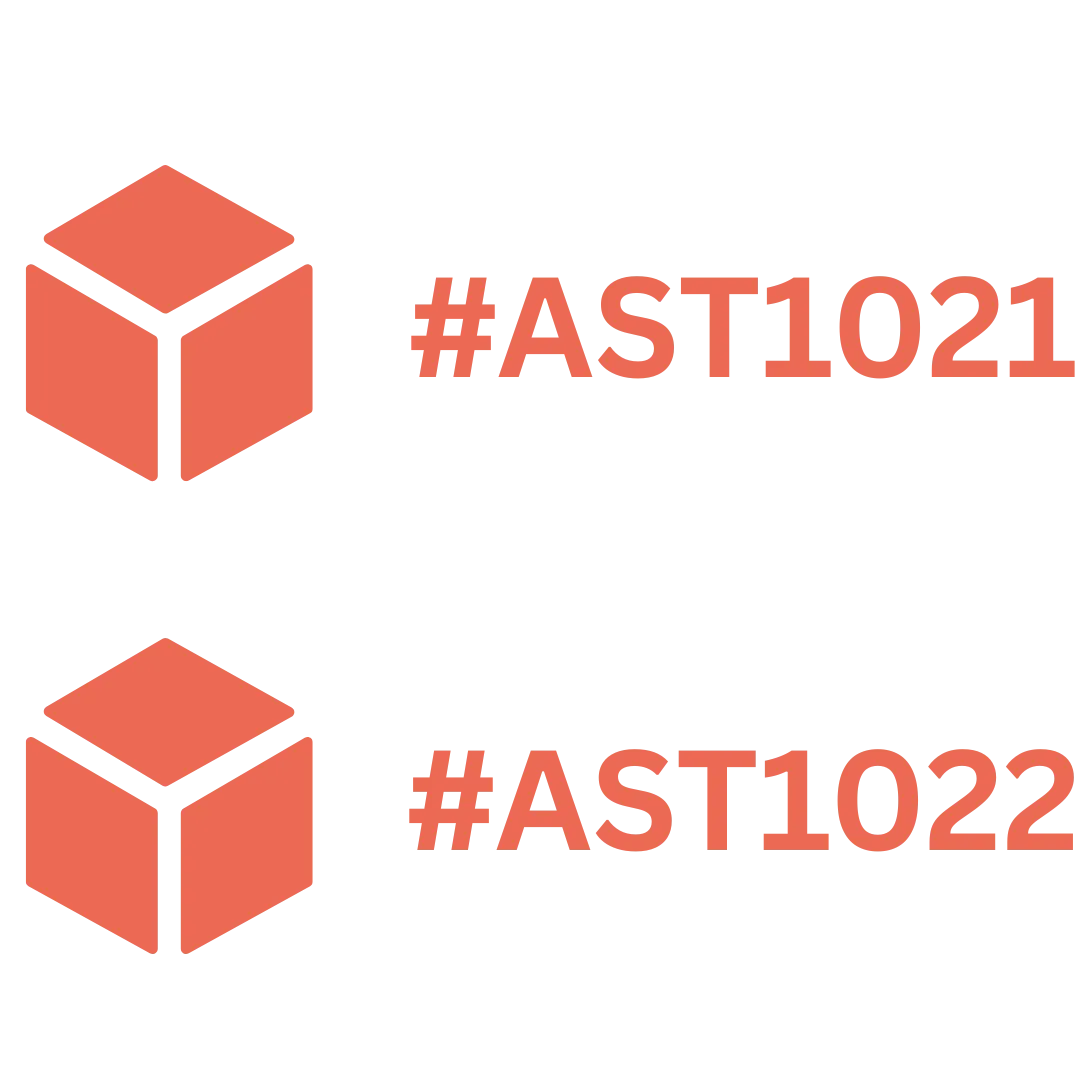
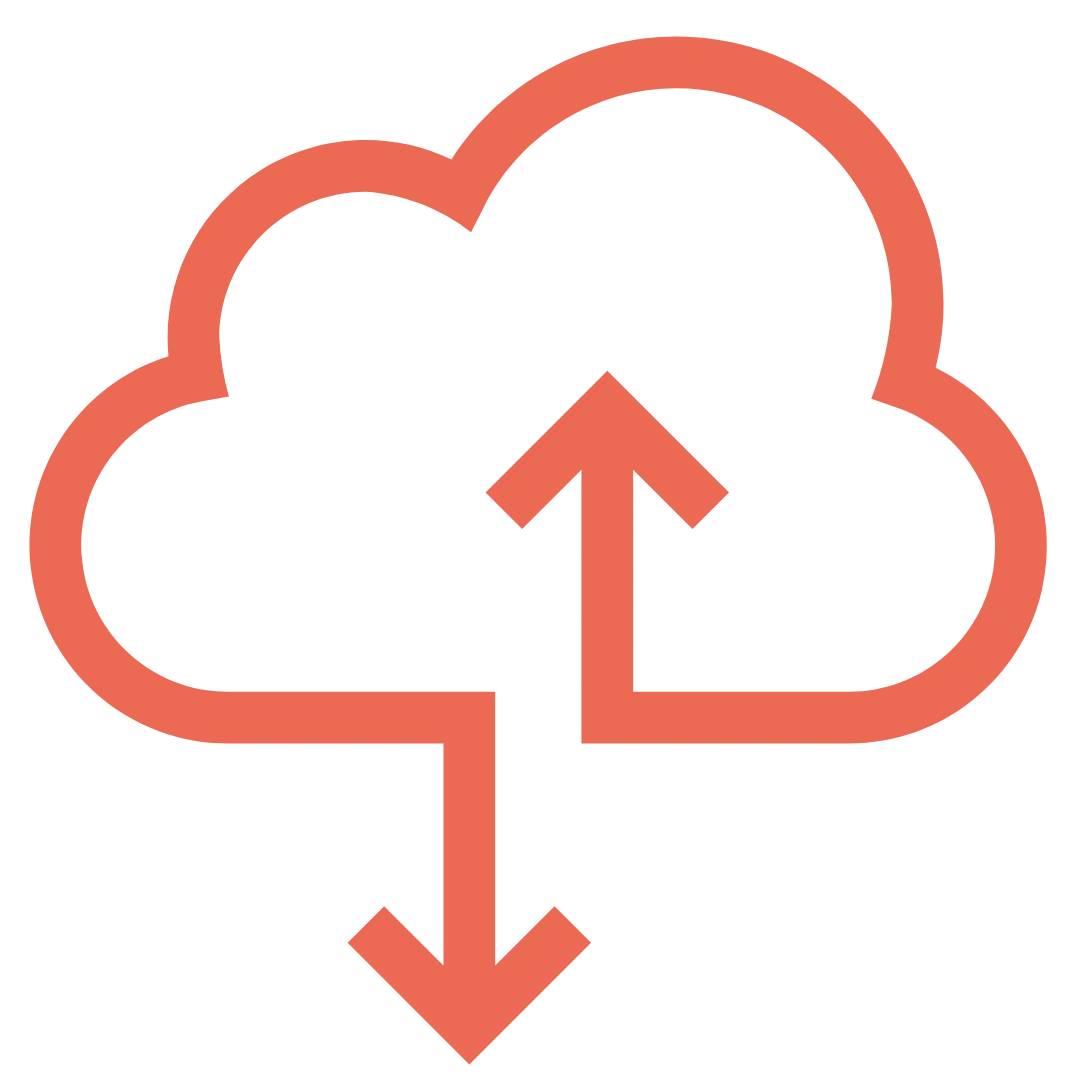

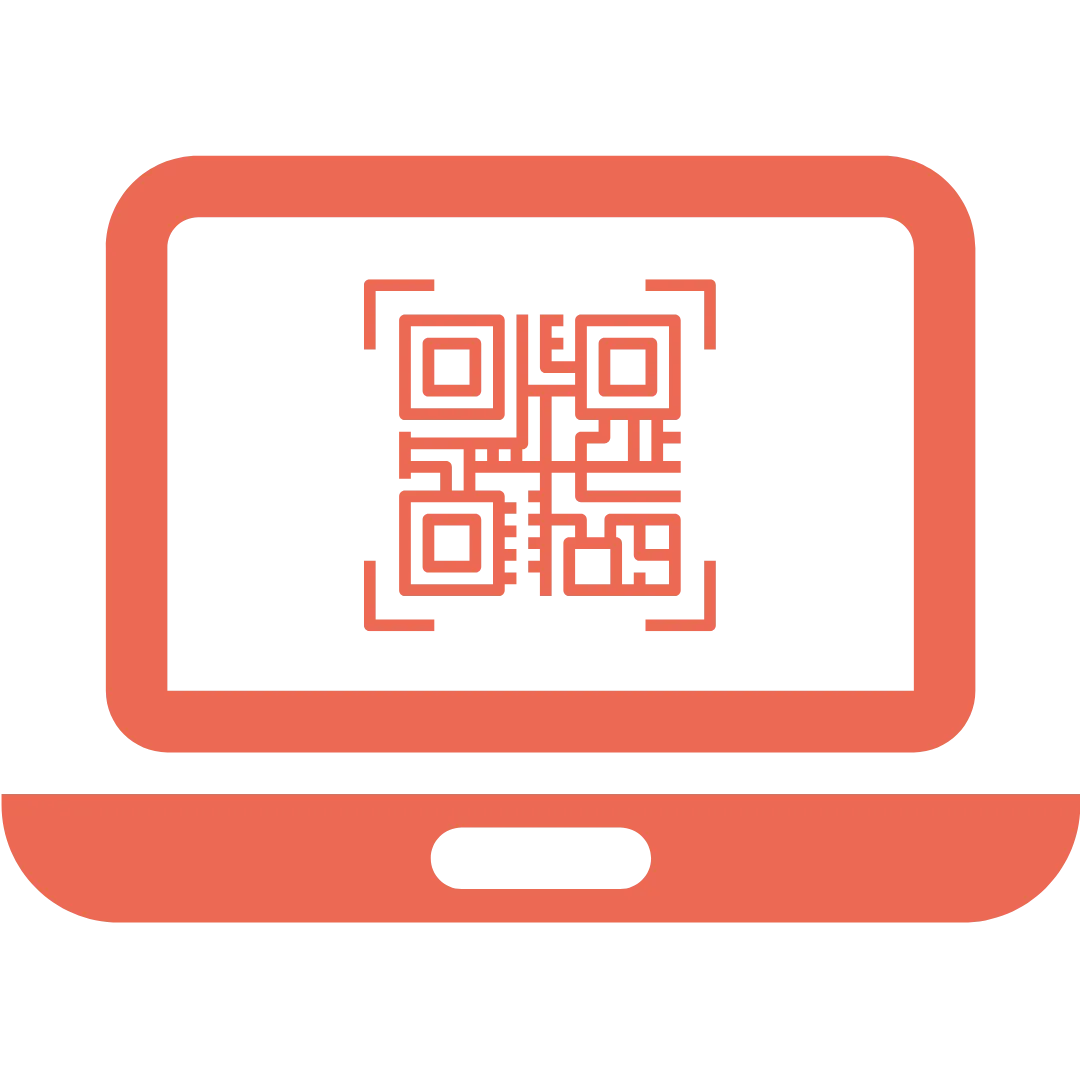
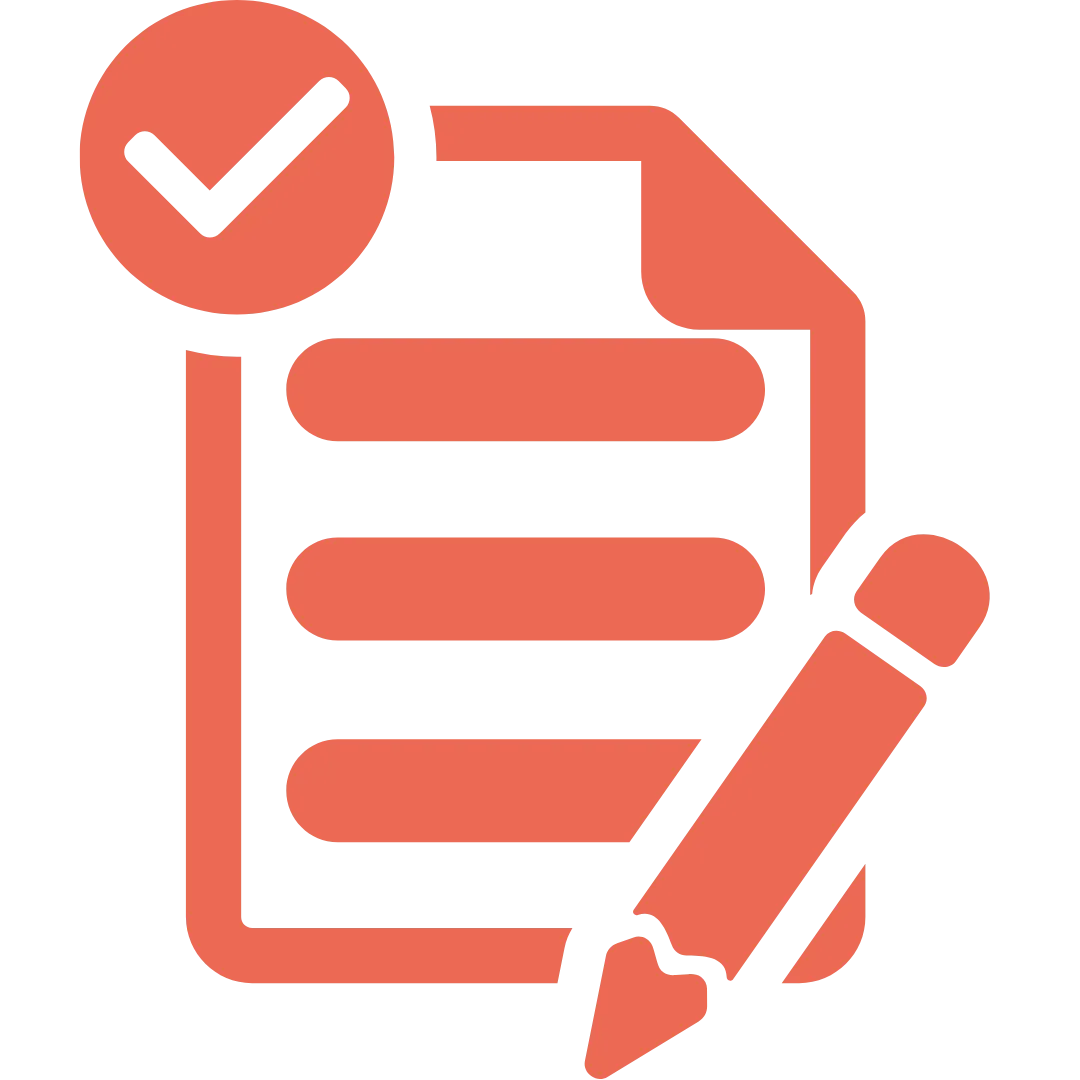
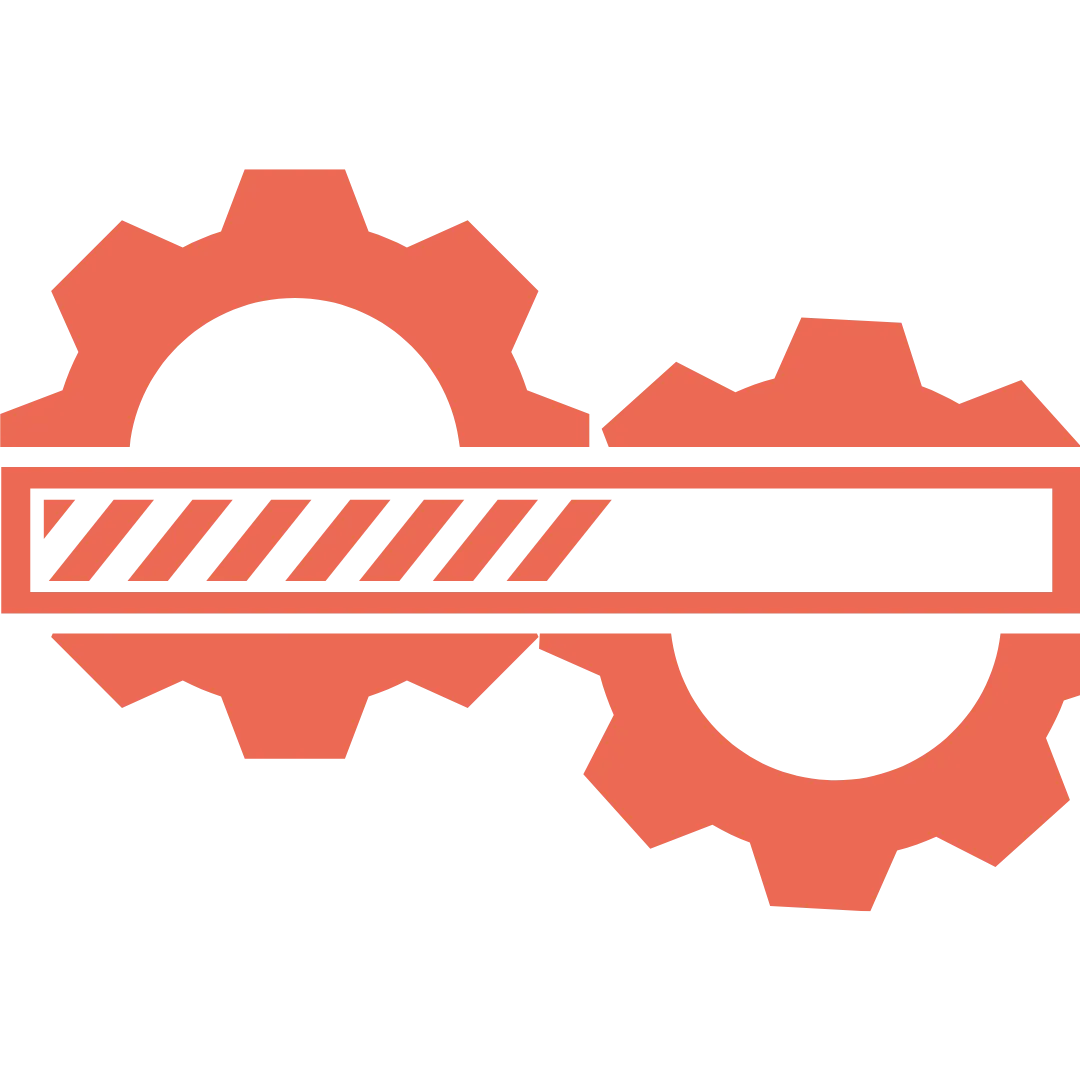
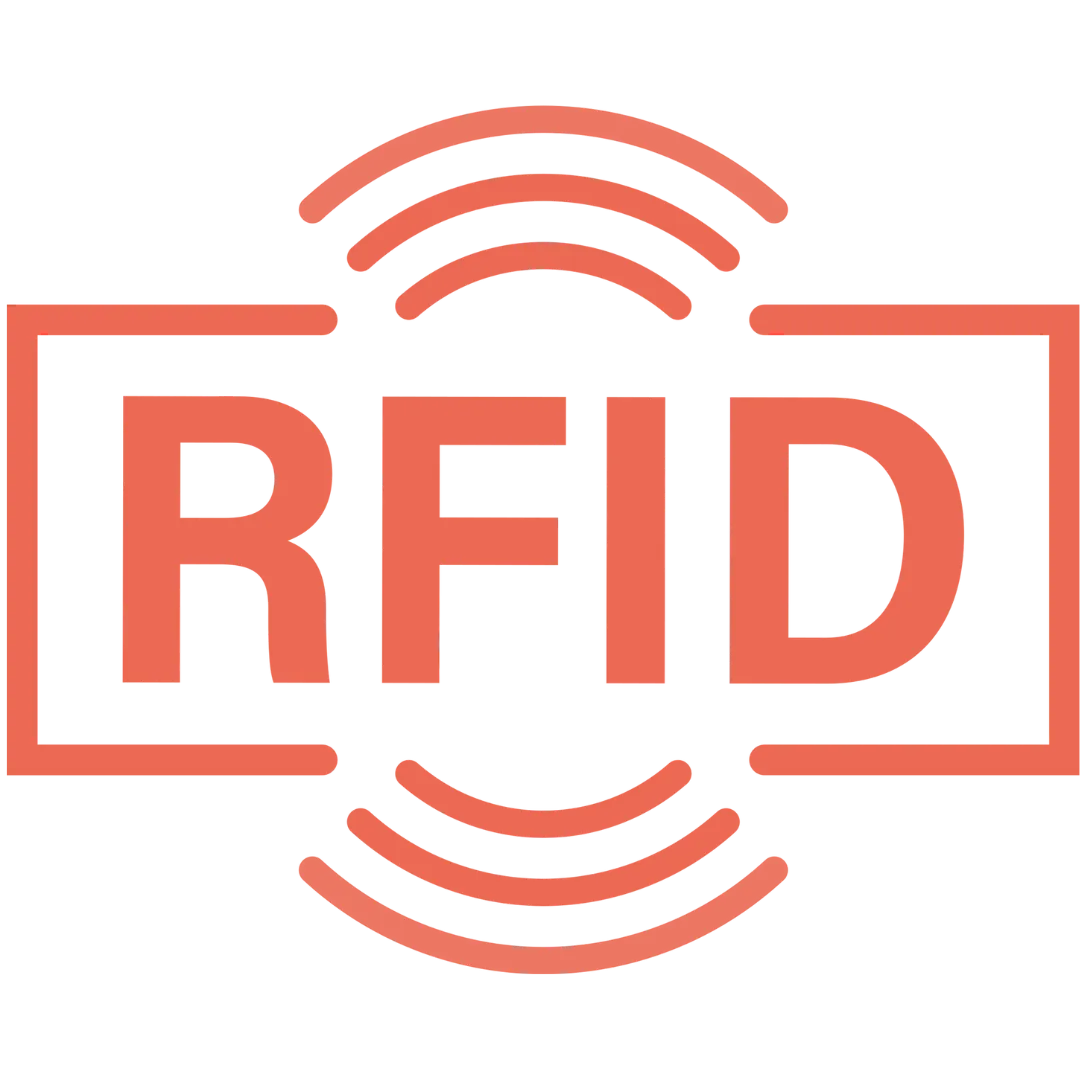
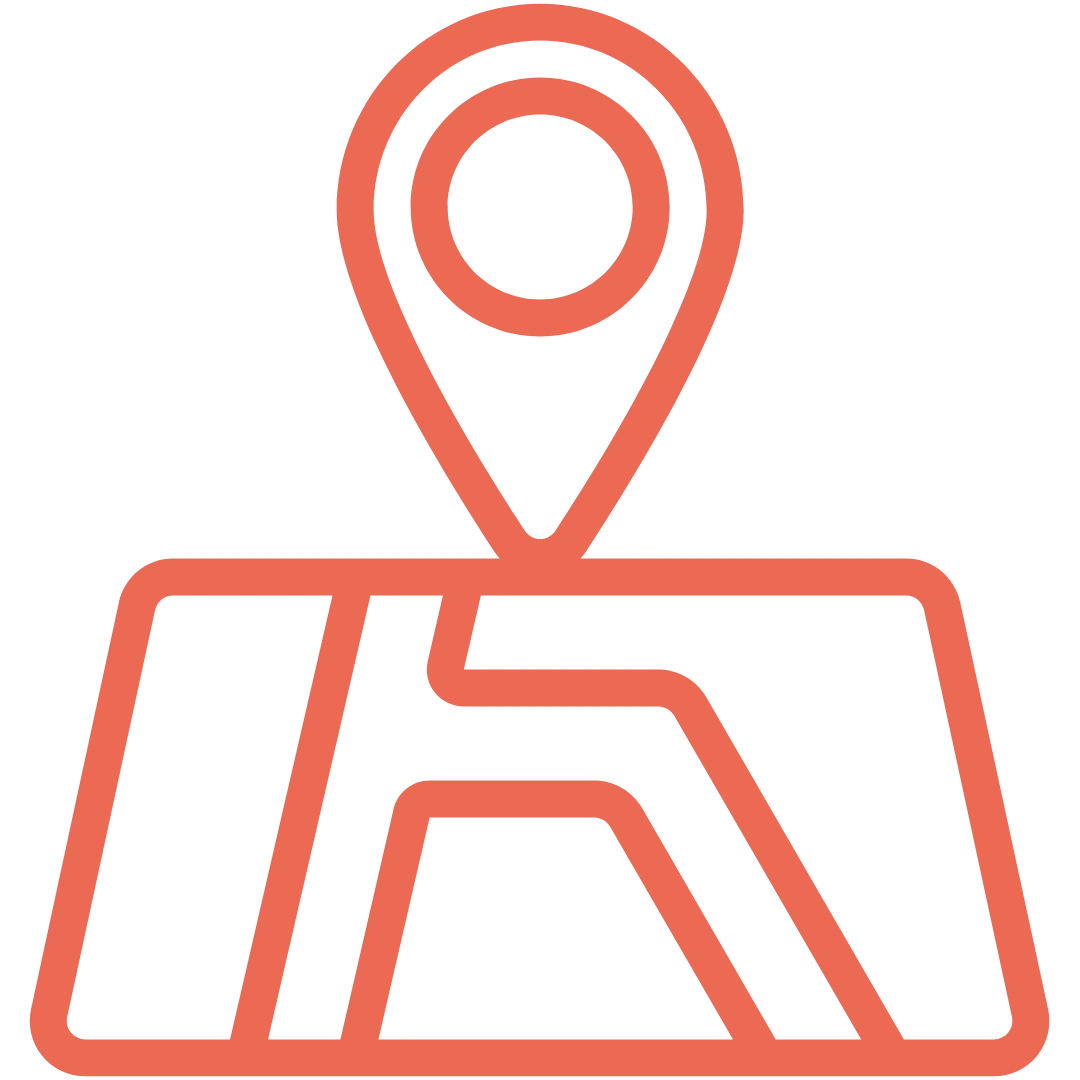
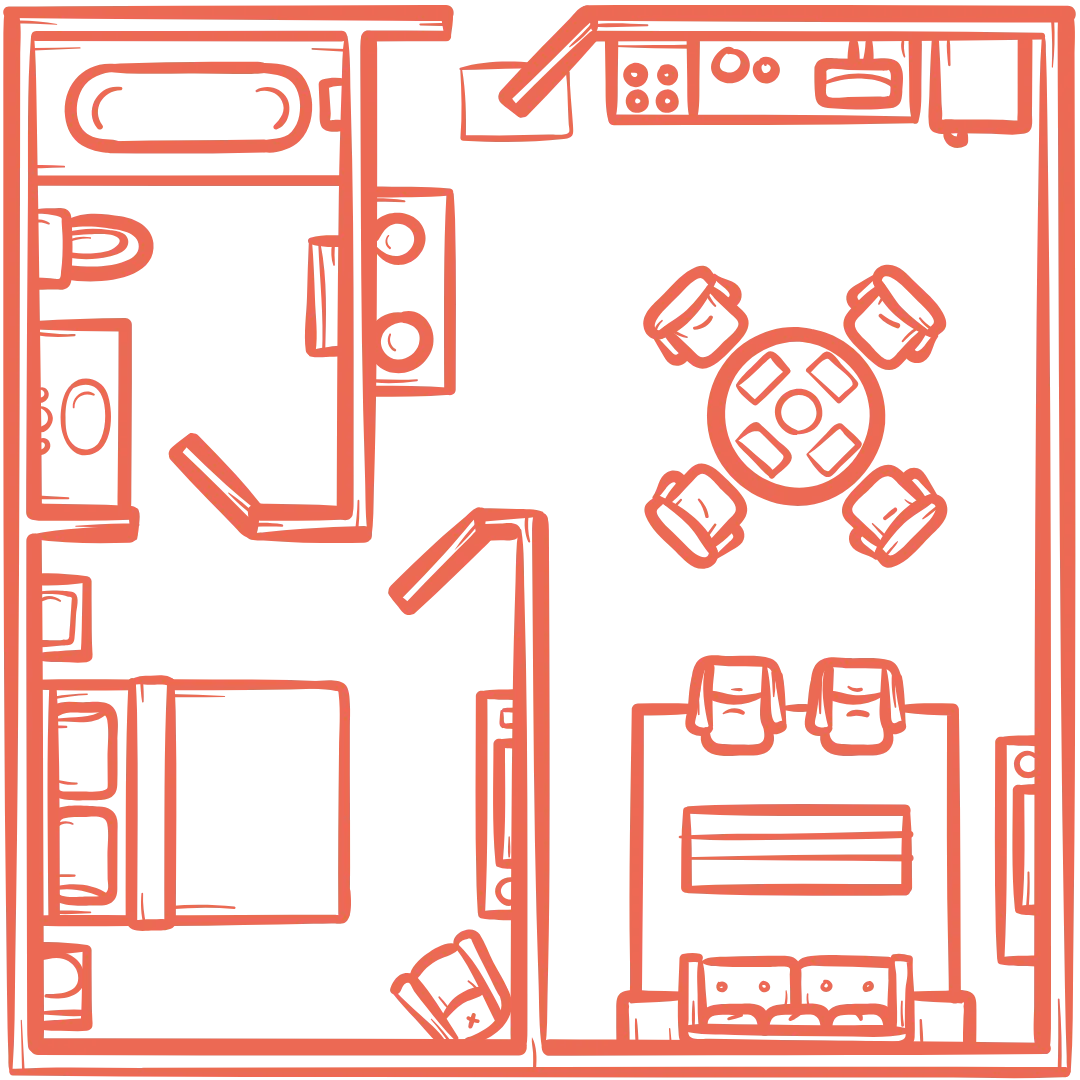




























.webp)
.webp)
.webp)
.webp)
.webp)
.webp)
.webp)
.webp)
.webp)

.svg)




.webp)
.webp)
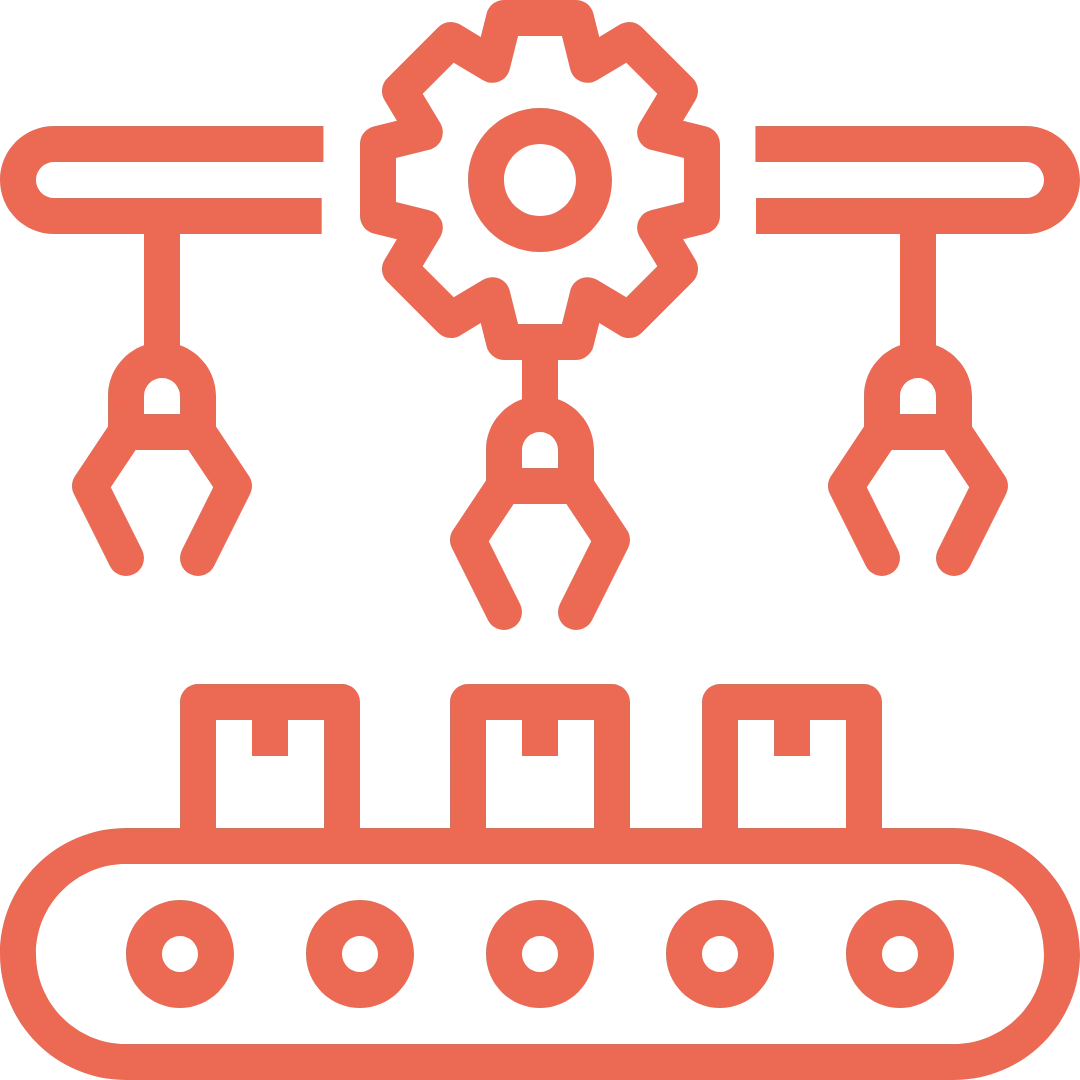


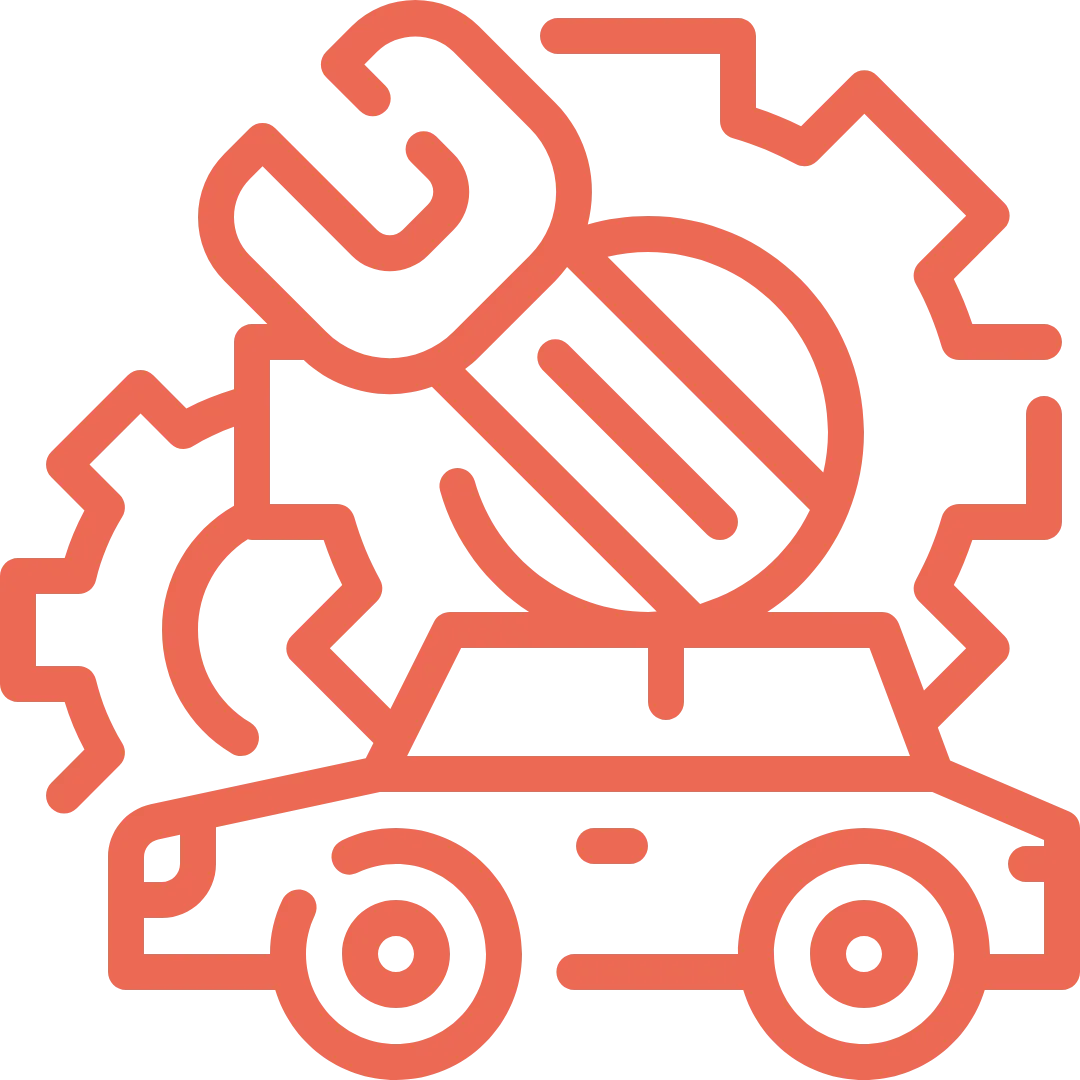


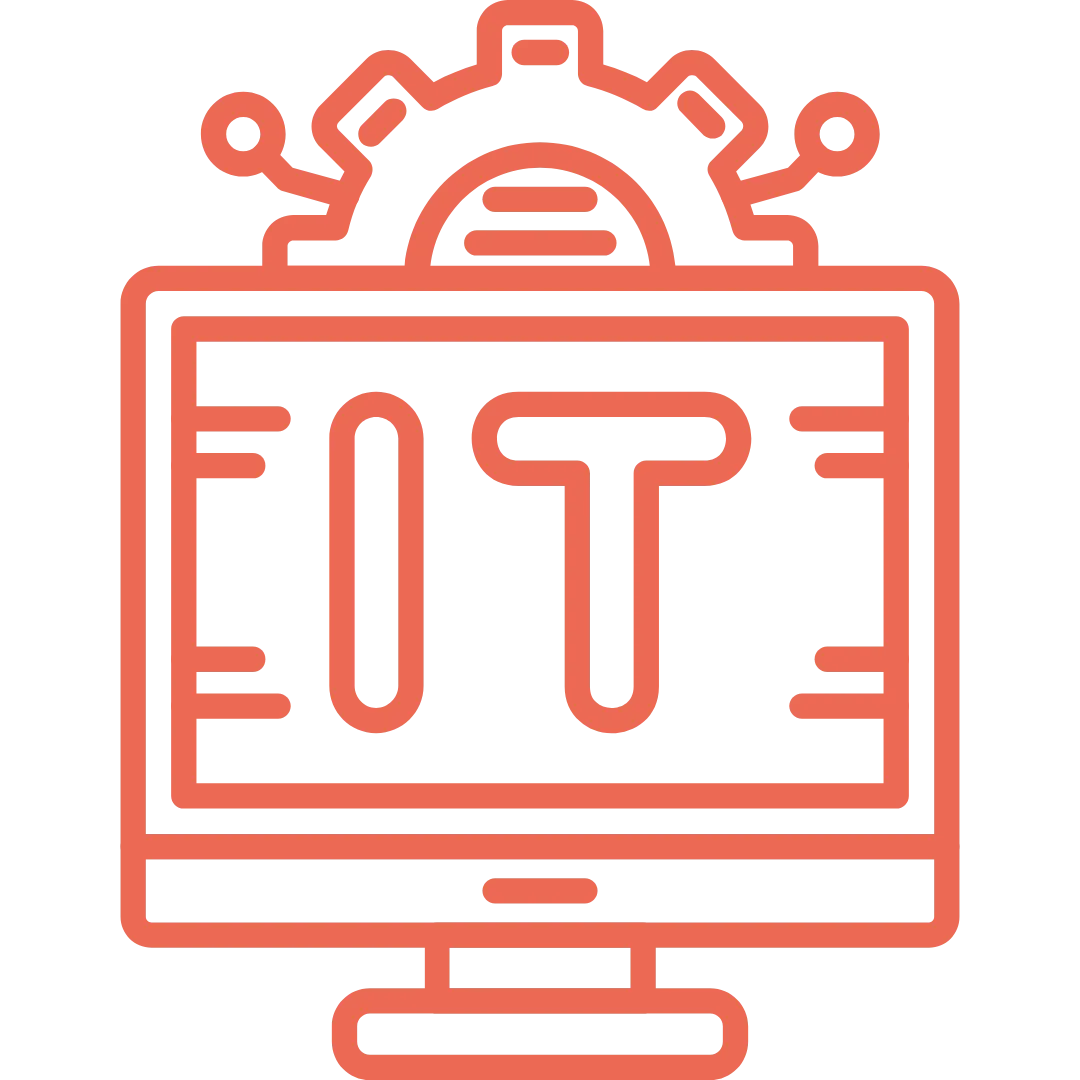


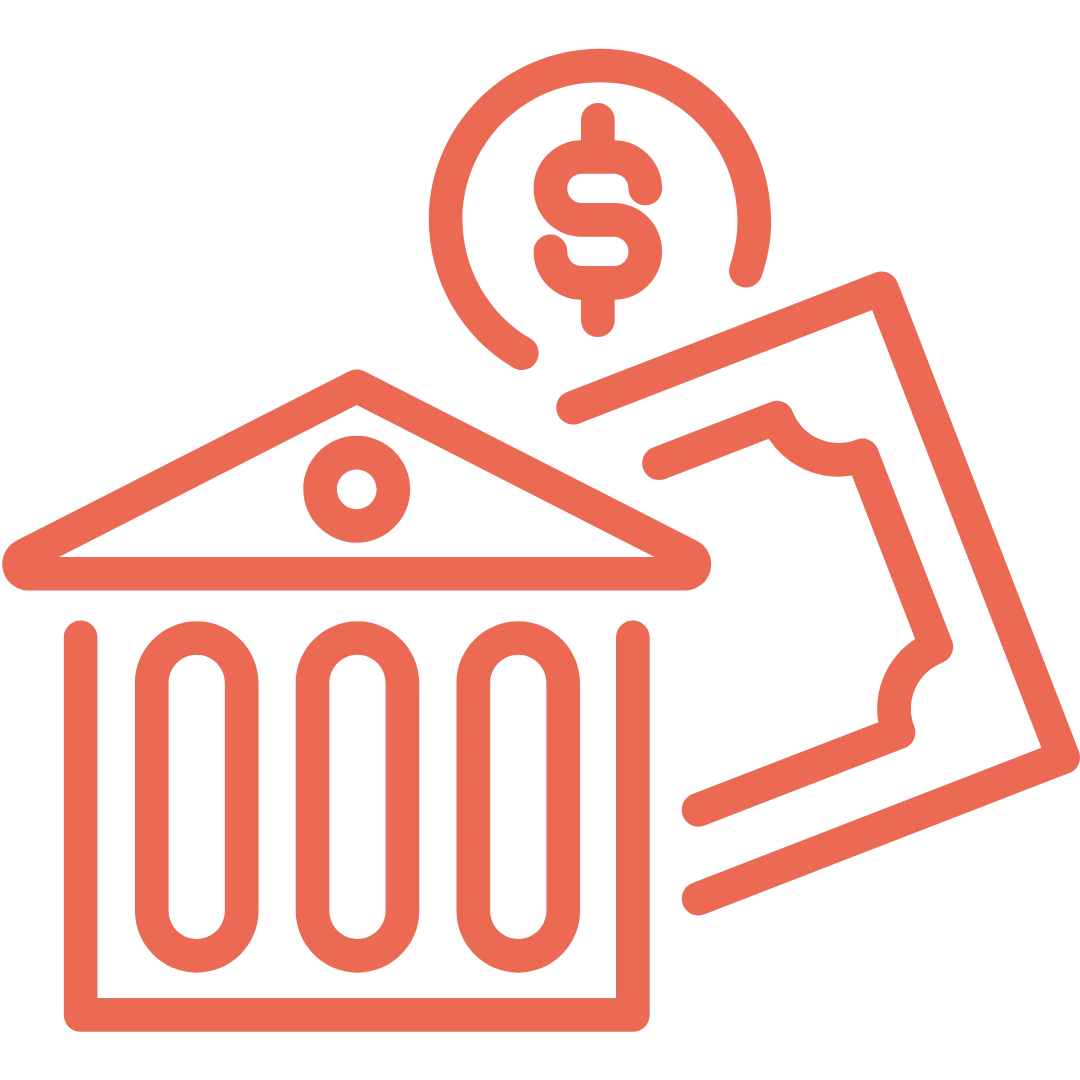




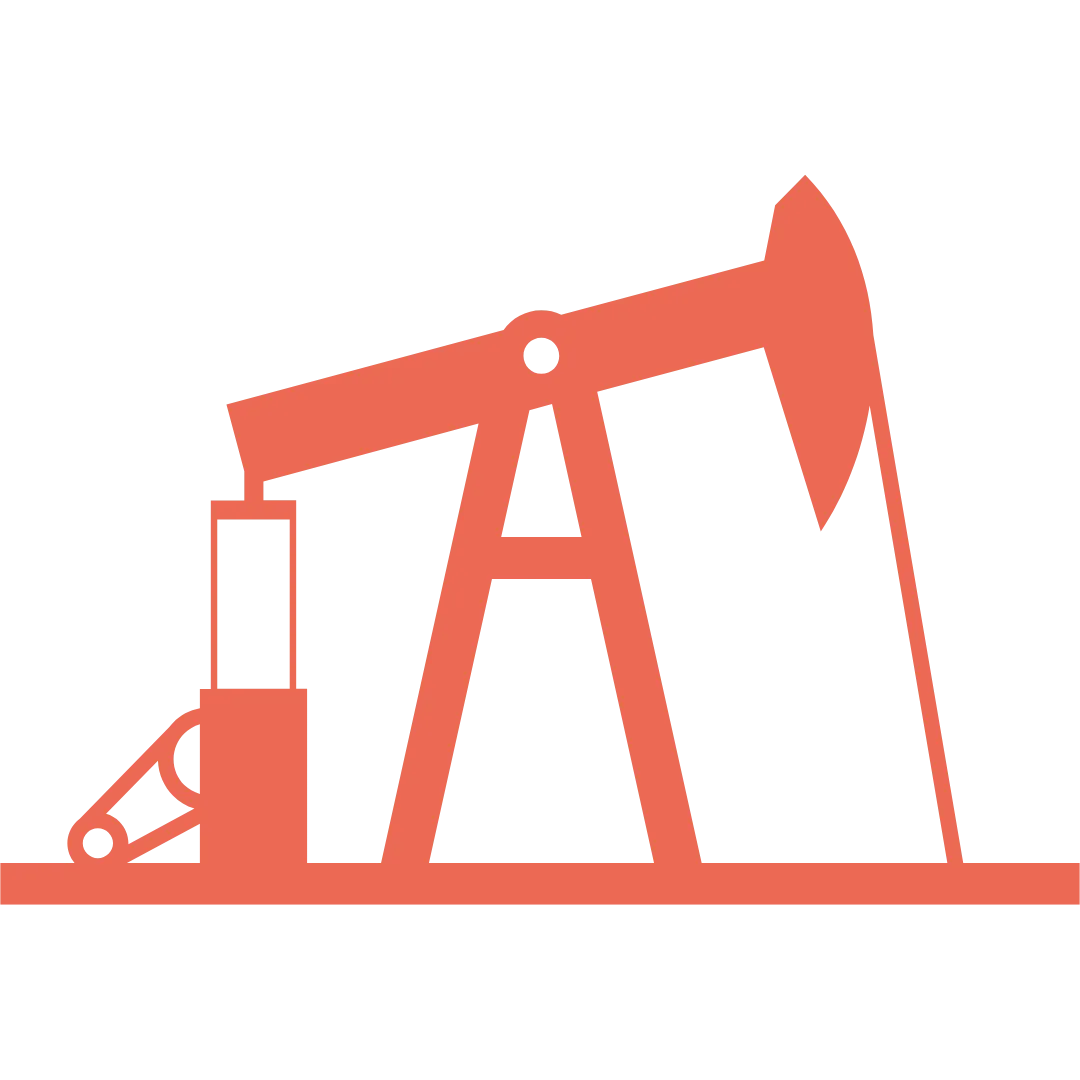
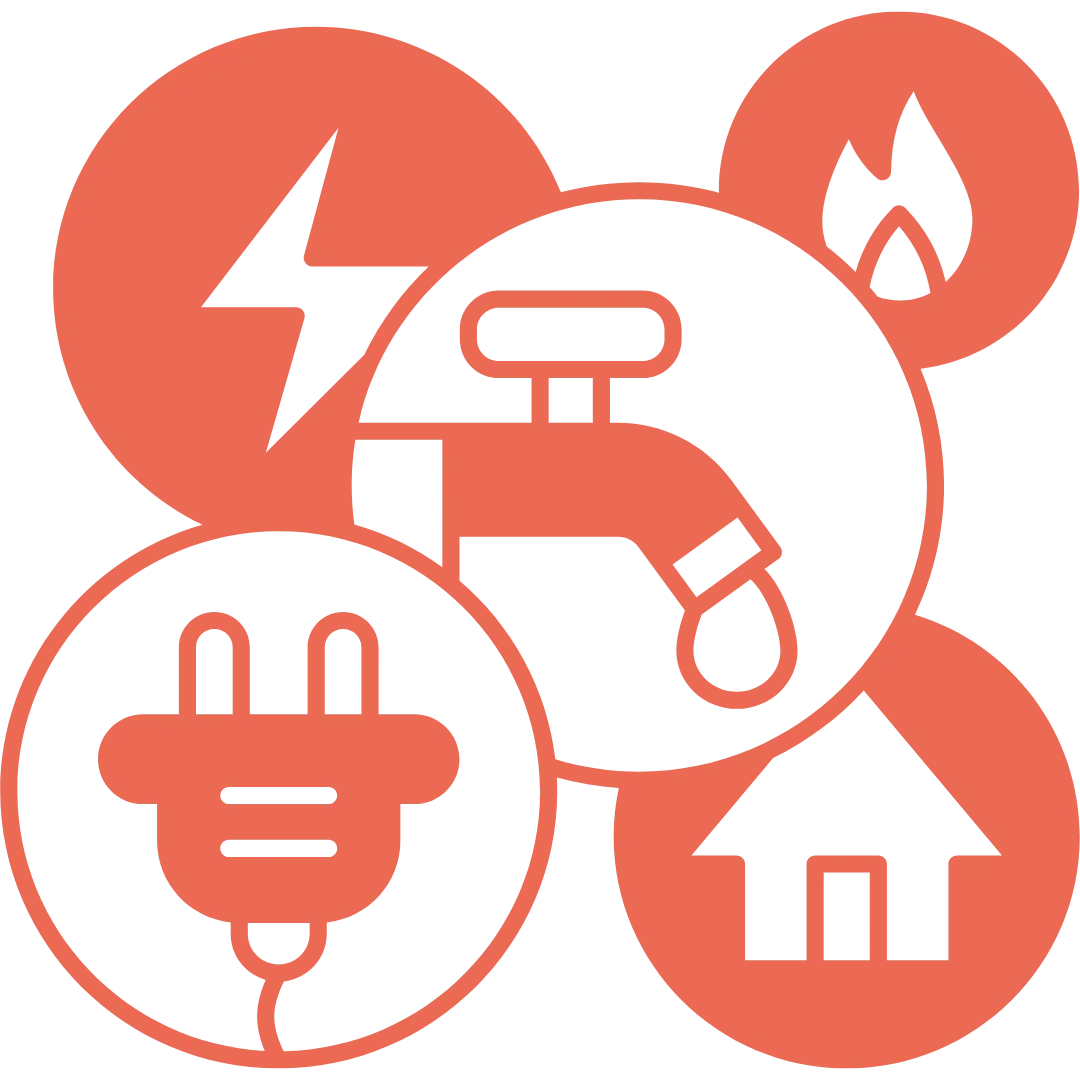

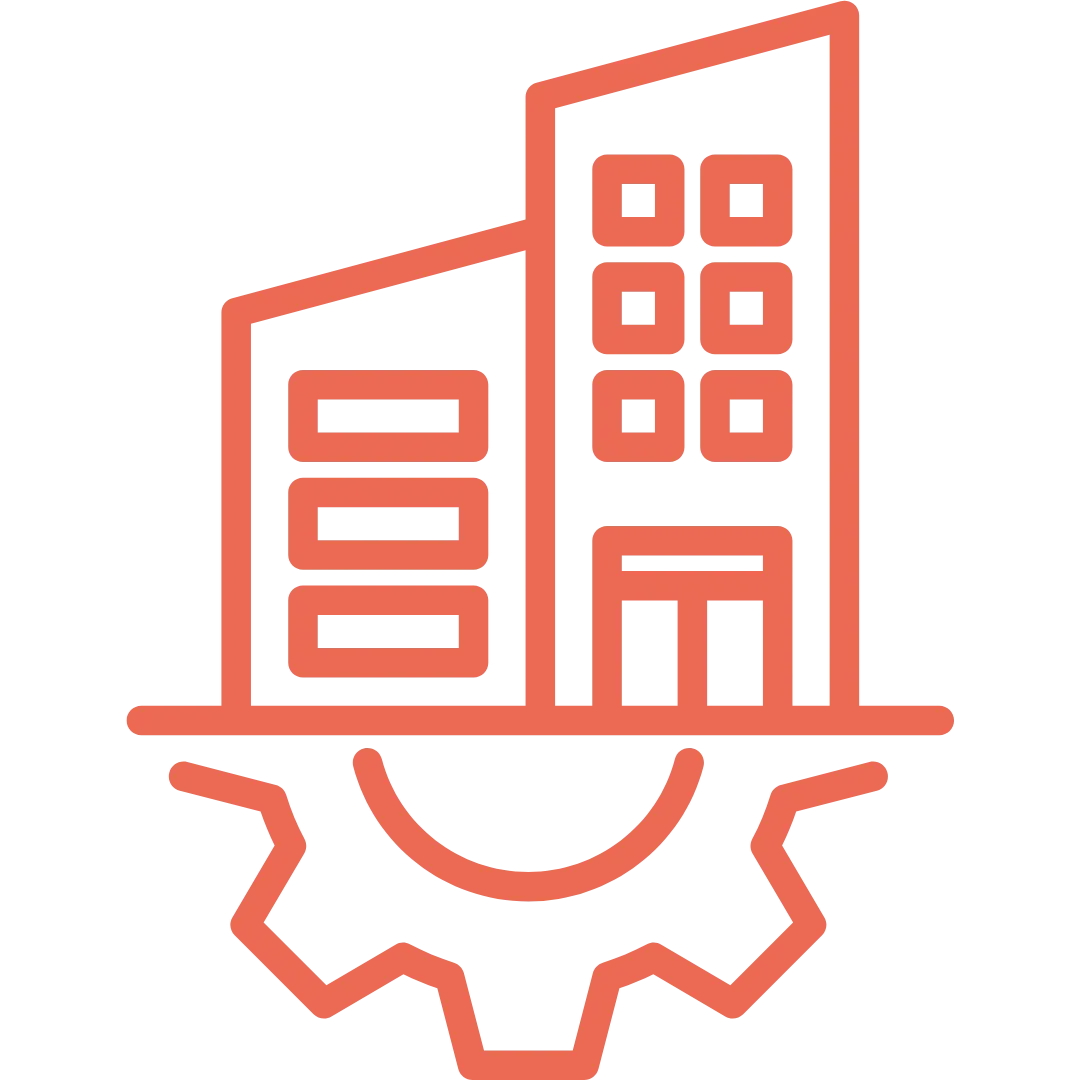
















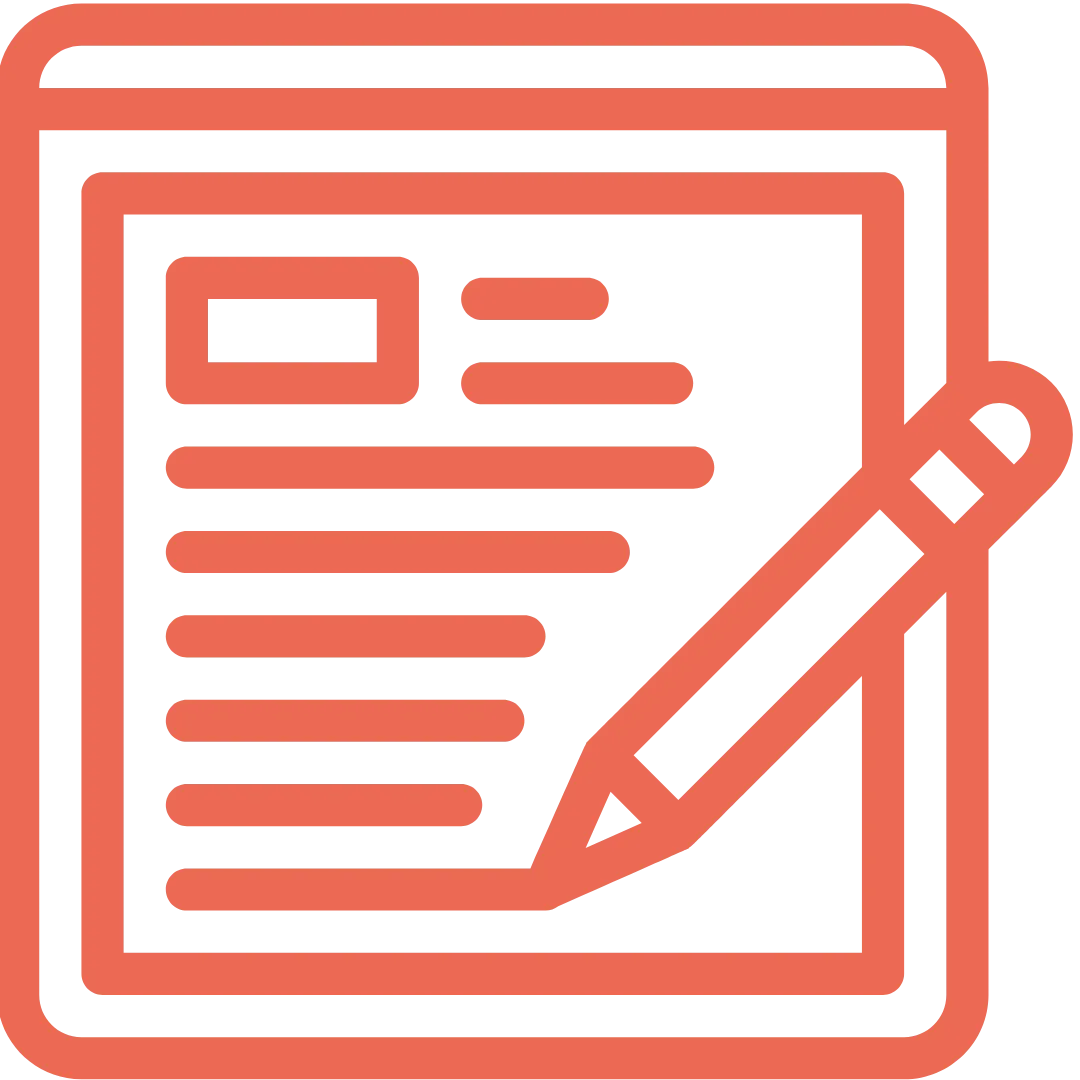

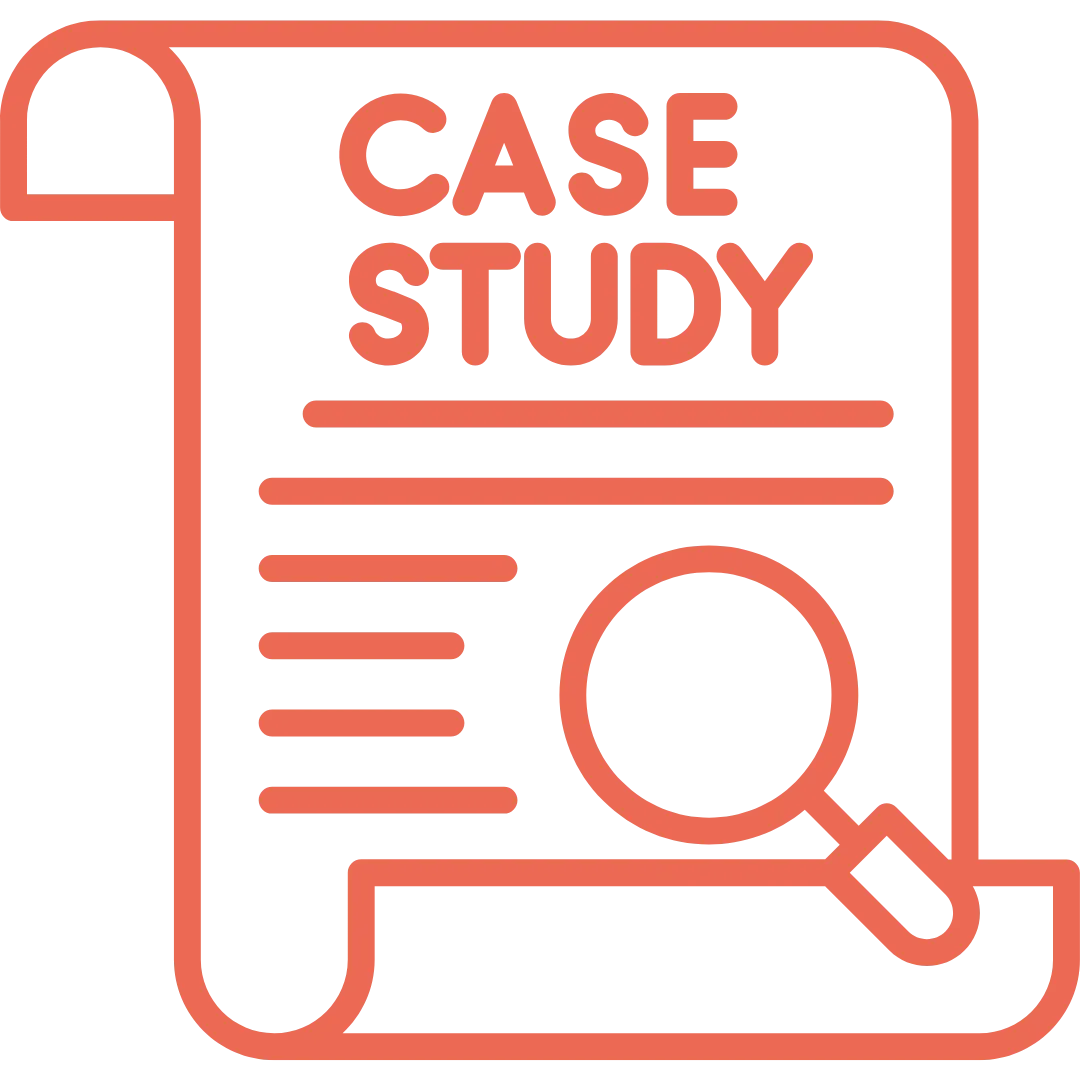






.png)


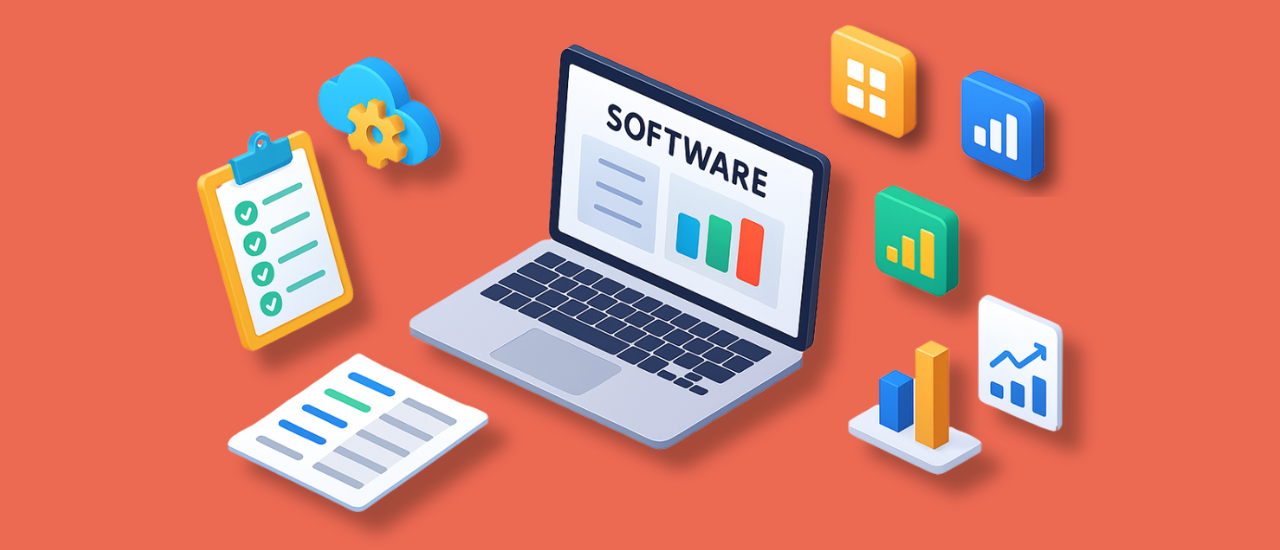
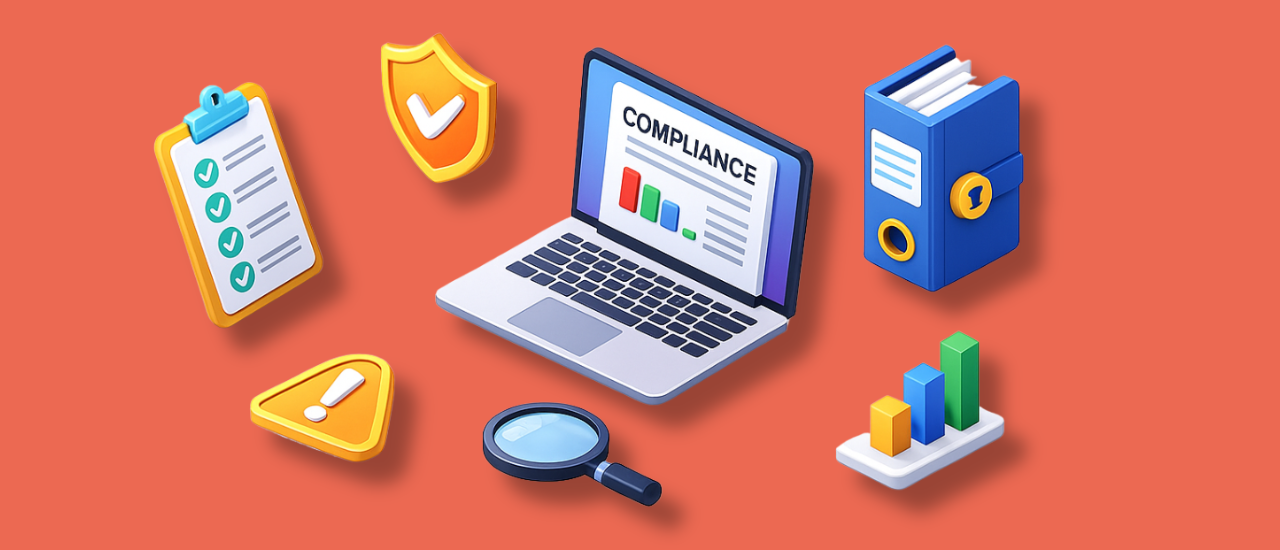
.webp)

















